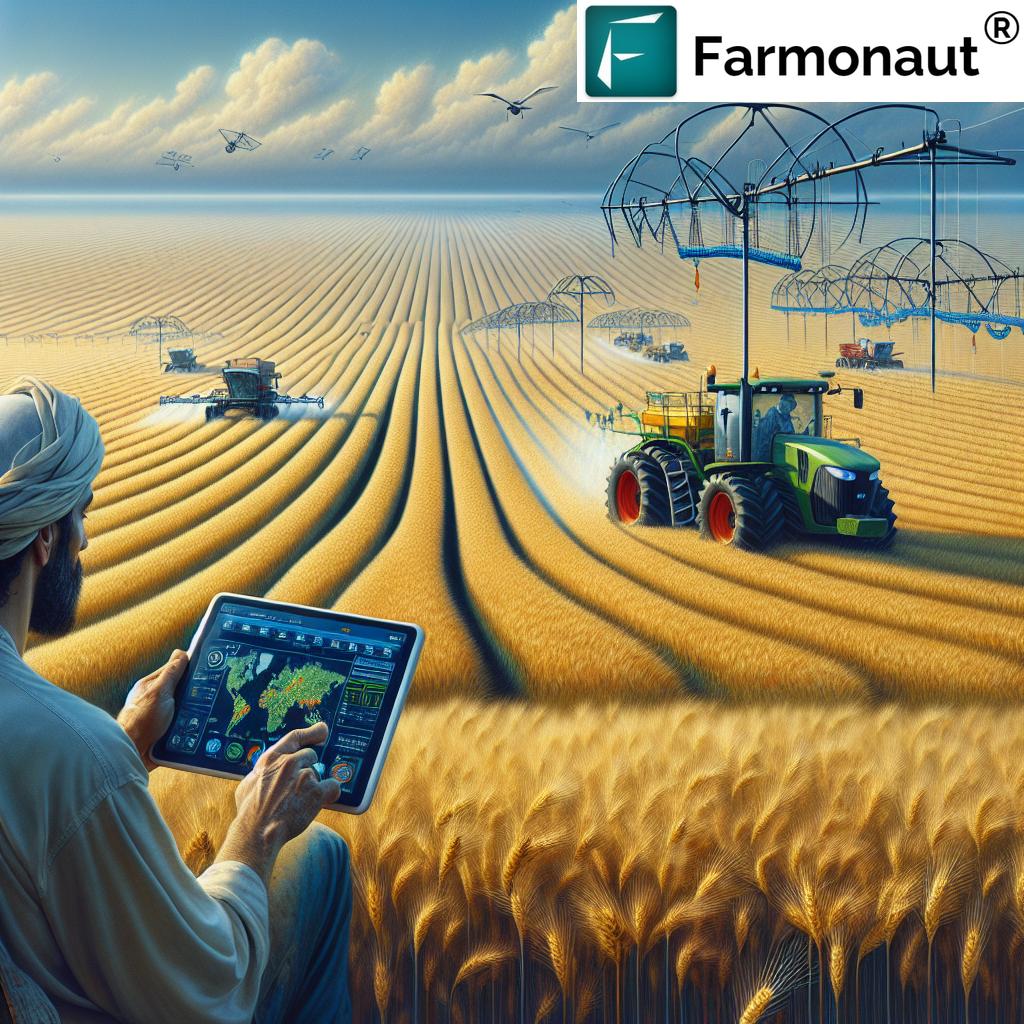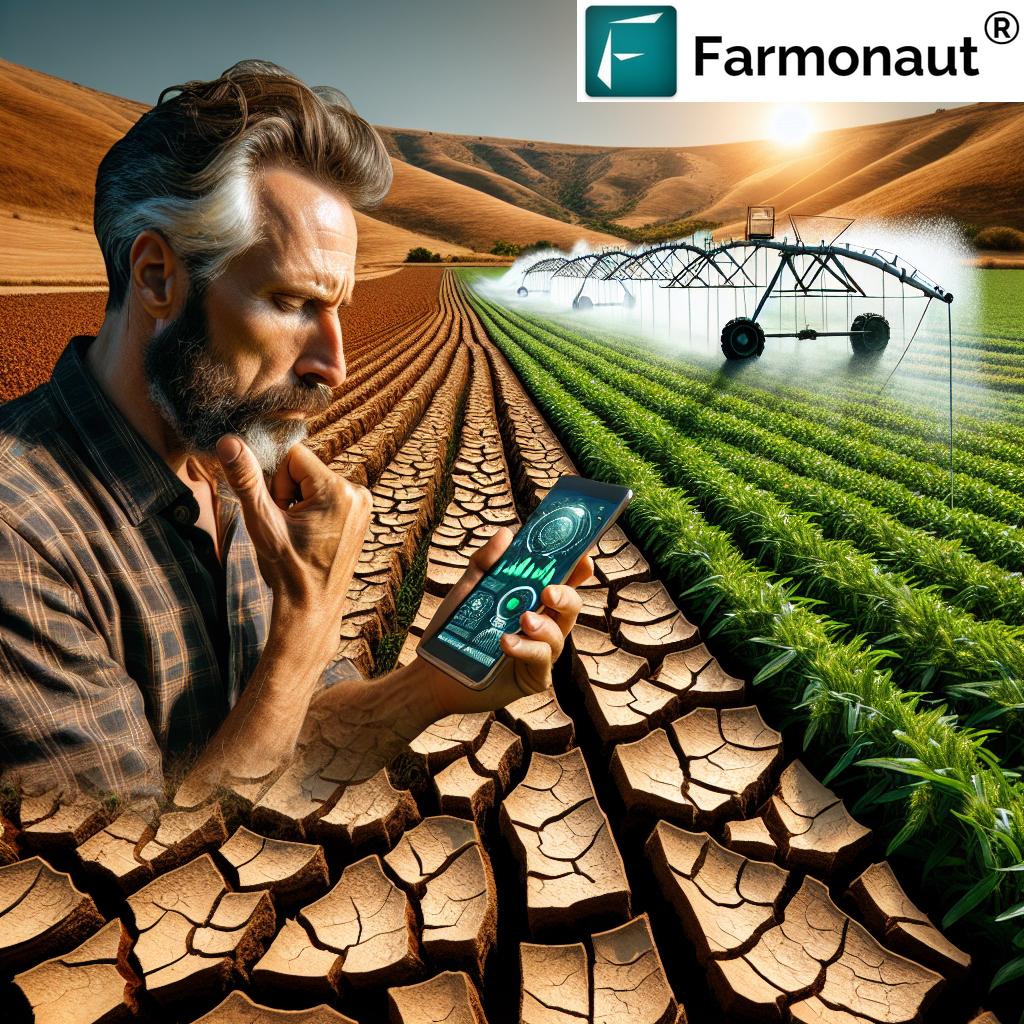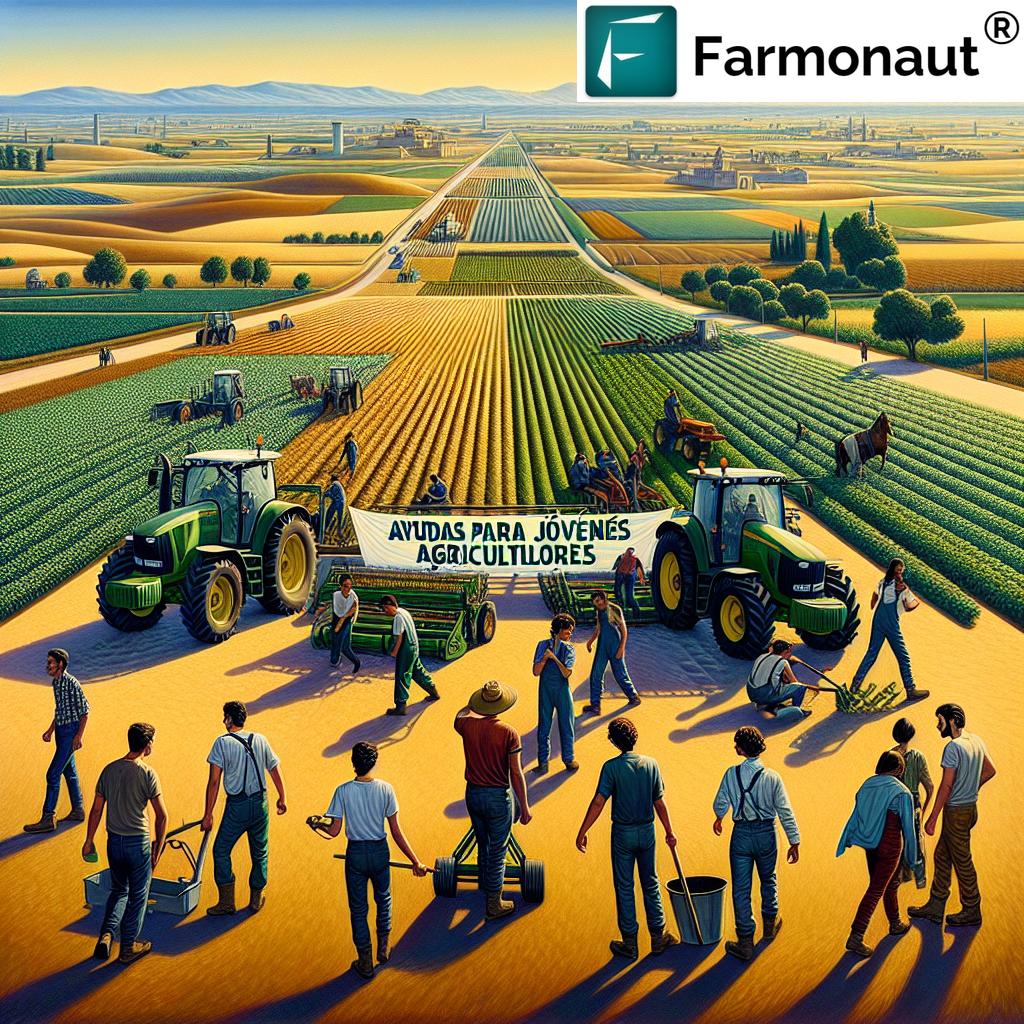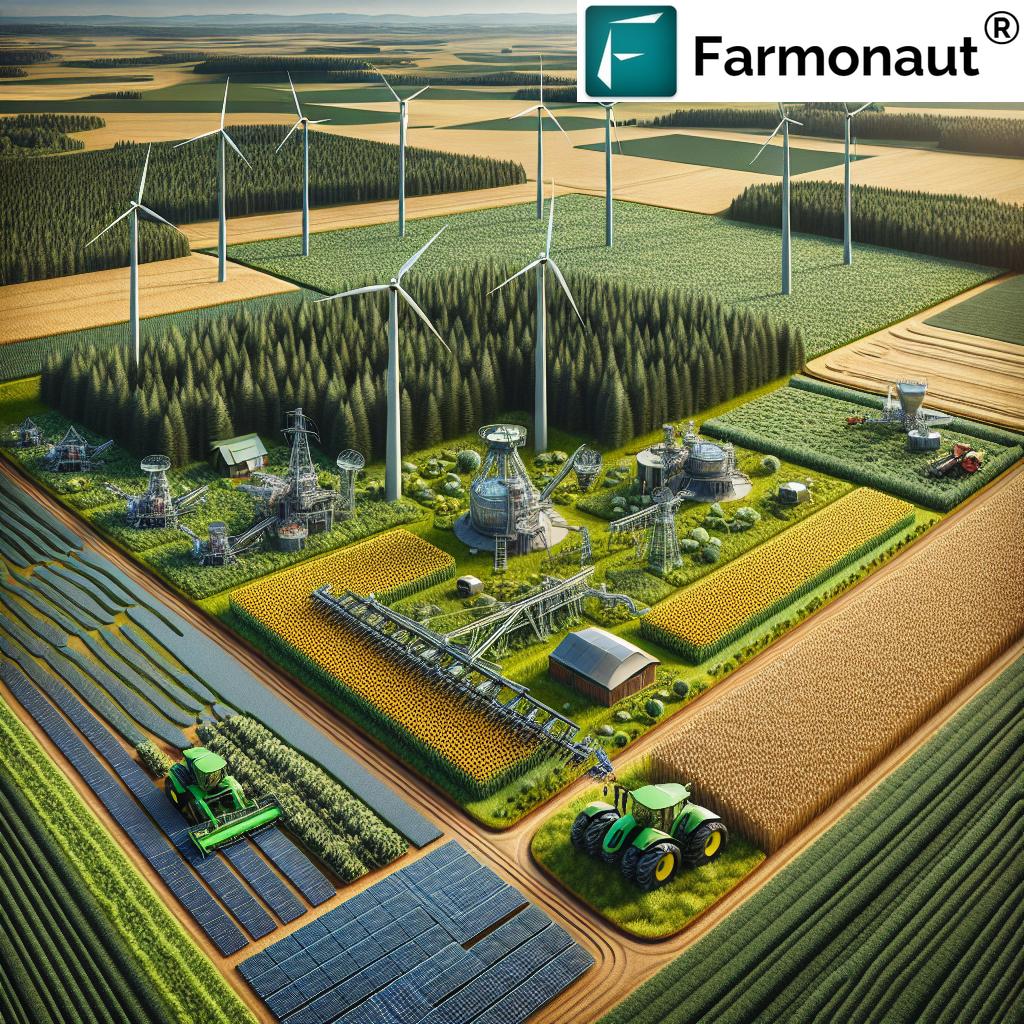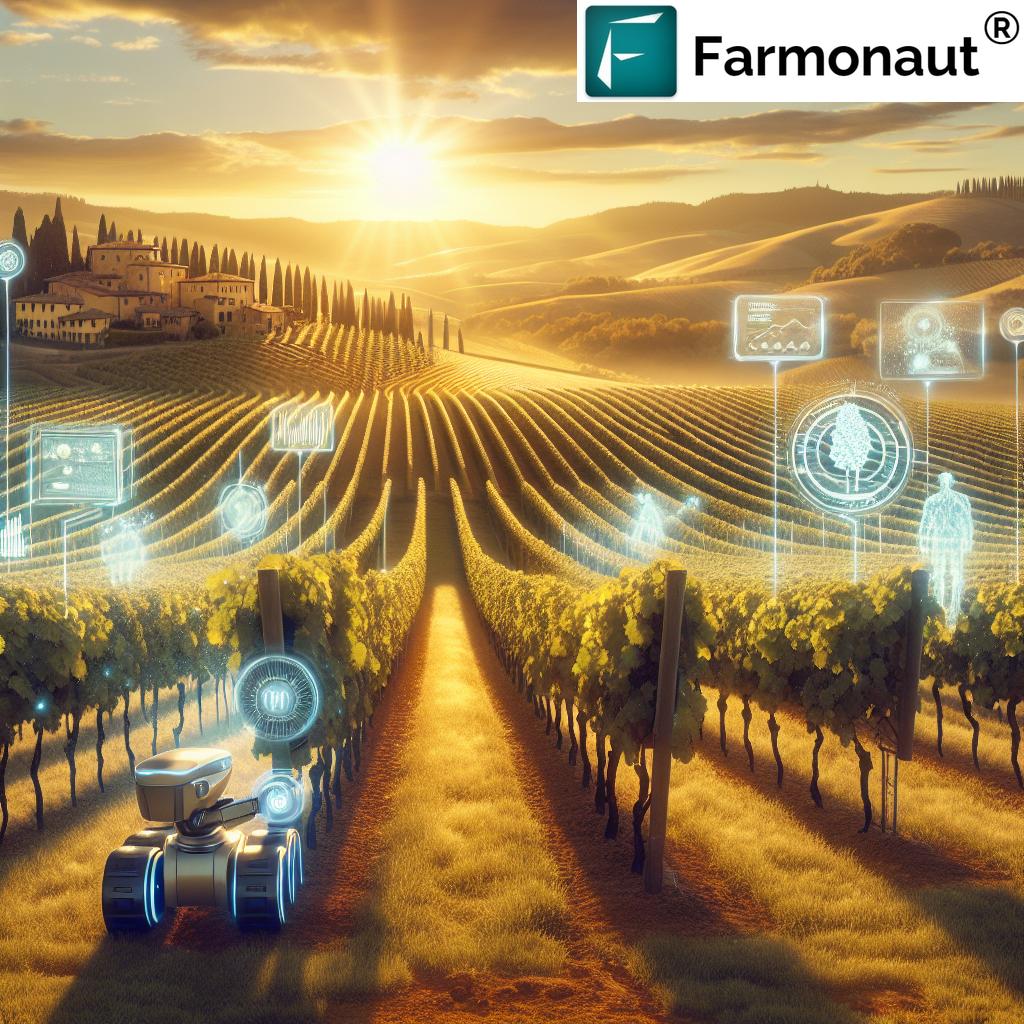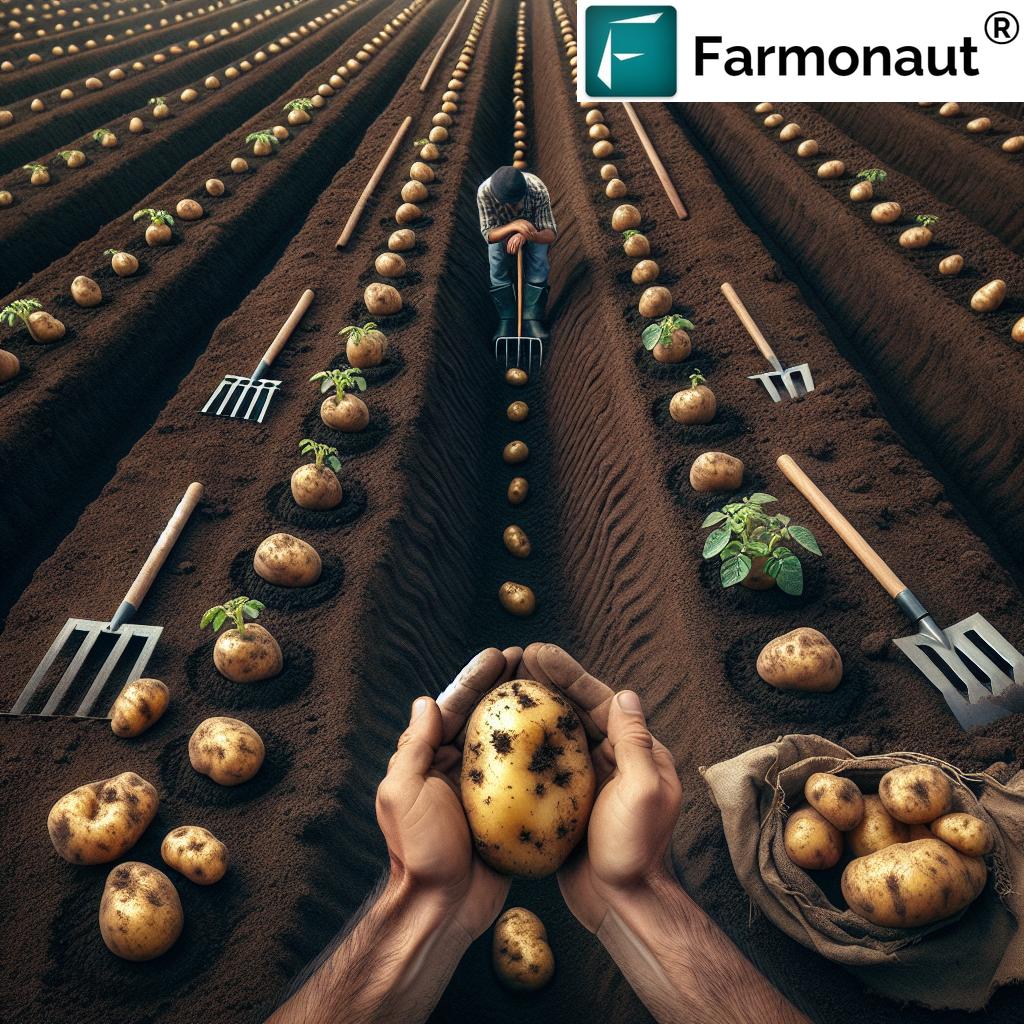Norwegian Pygmy Goats, Red Cattle: 7 Sustainable Benefits for Modern Agriculture
“Norwegian Red Cattle produce 20% less methane than standard breeds, benefiting sustainable livestock farming.”
“Norwegian Pygmy Goats can clear 0.5 hectares of invasive weeds annually, boosting on-farm biodiversity.”
Introduction: Why Norwegian Pygmy Goats and Red Cattle Matter
Sustainable farming is at the heart of global agricultural evolution as we move into 2026 and beyond. Norwegian pygmy goats and Norwegian red cattle stand out among livestock breeds for their unique adaptability, productivity, and synergy within modern agricultural practices. In particular, these breeds support farmers in reducing inputs, improving efficiency, and boosting biodiversity—cornerstones of sustainable agriculture in the new era.
With market demands shifting toward climate-smart agriculture, resilient production, and environmental management, choosing the right breed is more crucial than ever. This comprehensive article explores how integrating Norwegian pygmy goats and Norwegian red cows provides seven core sustainable benefits, providing a blueprint for modern, balanced, and prosperous farming systems.
Summary: Sustainable Farming in the Modern Age
The agricultural sector has seen remarkable changes in recent years, with the integration of specialized livestock breeds such as Norwegian pygmy goats and Norwegian red cattle garnering attention. These animals offer unique advantages in efficiency, resilience, and environmental stewardship—qualities highly relevant to farming practices in 2026 and beyond.
This article highlights practical, sustainable applications of these breeds, focusing on their roles in efficiency, resource optimization, biodiversity enhancement, and production flexibility. We will explore how their distinct attributes and practical management make them leading choices for farms seeking a future-proof, eco-conscious, and diversified operation.
Norwegian Pygmy Goats: Compact and Versatile
Originally prized as hardy companion animals, Norwegian pygmy goats have evolved into an agricultural asset. The compact size and low maintenance requirements of this breed render them ideal for small-scale and even urban farming operations.
Here’s what makes Norwegian pygmy goats especially valuable in sustainable agricultural systems:
- Efficient Resource Use: Their small size means they require less space and feed compared to traditional breeds, allowing for optimized land and resource utilization—an advantage for both urban and rural farms.
- Meat Production: With a high meat-to-feed conversion ratio and relatively fast growth rates, these goats are increasingly favored for sustainable meat production. Their meat is lean, high in protein, and appeals to niche culinary markets and ethnic cuisine.
- Brush & Weed Control: Norwegian pygmy goats excel at managing undergrowth and controlling weeds, reducing wildfire risk and supporting biodiversity within agroforestry systems. Each goat can clear up to 0.5 hectares of invasive weeds annually, as underscored above.
- Integration into Agroecological Systems: Their adaptability allows them to play a key role in diverse, multi-species livestock systems, supporting soil health, carbon sequestration, and integrated pest management.
- Low Input Requirements: Norwegian pygmy goats are hardy and resilient to many local diseases, requiring fewer veterinary interventions. This reduces agricultural inputs and supports environmental sustainability.
- Access and Availability: Locating pygmy goats near me is increasingly accessible via localized, rare or heritage breed farms, making sustainable livestock accessible at the community level.
- Diversified Income Streams: Beyond meat, pygmy goats offer services such as brush control and, in select cases, small-scale dairy production, supporting the economic viability of farms across a range of markets and environmental contexts.
With their mix of adaptability, productivity, and low environmental footprint, Norwegian pygmy goats offer a blueprint for future-oriented, efficient, and sustainable livestock production.
Norwegian Red Cattle: Resilience and Productivity
Norwegian red cattle are renowned throughout the agricultural world for their remarkable productivity, robust health, and climate adaptability. As highly specialized livestock, they combine multiple traits essential for the demands of 2026 and beyond:
- Milk Yield & Quality: Norwegian red cows produce high volumes of nutrient-rich milk, making them a staple in both dairy farming and dual-purpose livestock systems. The breed’s average annual milk yield typically exceeds 7,500 liters per cow, with high butterfat and protein content.
- Dual-Purpose Utility: With beef-suitable calves and a productive lifespan, these cattle serve both meat and dairy markets, supporting diversified farm incomes and market resilience.
- Disease Resistance: Strong genetics have fostered natural disease resistance, reducing the need for antibiotics and minimizing veterinary intervention.
- Low Methane Emissions: Critically, Norwegian red cows emit around 20% less methane compared with conventional breeds, contributing to sustainable farming and helping farms meet modern environmental regulations regarding greenhouse gas management.
- Adaptation to Varied Climates: Bred in Scandinavia, these cattle demonstrate robust resilience to cold, wet, and even transitional climates—a major factor in the ongoing challenges of climate change and erratic seasons.
- Improved Breeding & Herd Health: High genetic merit allows farmers to focus on breeding programs that further enhance resilience within herds, supporting adaptability in changing markets and climates.
- Soil Fertility Enhancement: The manure from Norwegian red cattle significantly contributes to soil health, supporting high-yield, regenerative agriculture systems.
These traits make Norwegian red cattle a preferred breed for efficient & sustainable farming systems in 2026 and into the future.
Comparative Table: 7 Sustainable Benefits of Norwegian Pygmy Goats vs. Norwegian Red Cattle
To facilitate informed breed selection and sustainable agriculture planning, compare these breeds on core benefit dimensions:
| Sustainability Benefit | Norwegian Pygmy Goats | Norwegian Red Cattle |
|---|---|---|
| Efficient Land Use | Require only 5–10m² per head; thrive on small and urban farms | Require 35–50m² per head; best for mid-large-scale farms |
| Biodiversity Support | Clear 0.5 hectares of weeds/year, boost undergrowth and wildlife | Manure enriches soil, supports pasture restoration & crop rotation |
| Low Feed Requirement | Eat scrub, weeds, browse; require ~2% of bodyweight in feed daily | Efficient conversion; thrive on grass/hay; need ~3% of bodyweight |
| Manure Quality | Pelleted manure, ideal for gardens, rapid soil nutrient cycling | High-quality compost, excellent for regenerating degraded soils |
| Disease Resistance | Naturally hardy, low veterinary needs | Genetically selected for disease resistance, reduced antibiotic use |
| Milk Yield | Low, specialty/niche dairy (e.g., cheese, home use) | High, with average 7,500+ liters/cow/year |
| Adaptation to Climate | Excellent for variable, harsh, and mountainous regions | Bred for cold, wet, and transitional climates; strong resilience |
Integrating Norwegian Pygmy Goats and Norwegian Red Cattle for Sustainable Farming
Combining Norwegian pygmy goats and Norwegian red cattle within the same agricultural operation offers impressive synergies:
- Mutual Resource Optimization: Goats control undergrowth and weeds, making way for improved cattle grazing and reducing fire risk throughout pastures and agroforestry systems.
- Circular Nutrient Management: Both breeds contribute organic matter and nutrients, enhancing soil fertility and structure for improved crop production.
- Biodiversity & Habitat Restoration: The presence of multiple livestock species supports a wider range of wildlife, helps prevent monocultures, and maintains ecological balance on farmland.
- Sustainable Intensification: By integrating compact goats with high-output cattle, farmers can increase productivity per hectare, supporting sustainable intensification in both rural and peri-urban contexts.
- Market Diversification: With goats supporting meat, brush control, and specialty niche markets and cattle providing milk and meat, farms become more resilient to fluctuating market demands and environmental uncertainties.
This integrated approach reflects cutting-edge regenerative agriculture, where animal integration, resource cycling, and reduced chemical inputs foster environmental resilience—attributes critical for meeting both market and regulatory demands in 2026 and beyond.
Want to secure your livestock supply chain? Farmonaut’s traceability solution provides blockchain-backed records to improve transparency in Norwegian goat and cattle production from farm to market.
Track the carbon impact of your livestock: Farmonaut’s carbon footprinting tool leverages satellite and AI technology for real-time, actionable data—essential for sustainable Norwegian red cattle and pygmy goat operations.
Access Farmonaut’s Satellite Insights Anywhere
Choosing the Right Breed: Norwegian Pygmy Goats vs. Norwegian Red Cattle vs. Nubian Pygmy Goats
When evaluating which breed aligns with your production goals, consider these factors:
- Breeding & Productivity Objectives: If your goal is efficient, small-space meat production and underbrush management, Norwegian pygmy goats are the preferred choice. If high milk yield, beef, and dual-purpose productivity are essential, Norwegian red cattle excel.
- Local Climate & Land Resources: Norwegian breeds are adapted for cold, variable, and challenging climates, while their compact size (pygmy goats) or robust health (red cattle) make them resilient and low-maintenance.
- Market Demands: Growing niche markets for pygmy goats for meat, specialty dairy such as cheese (with breeds like Nubian pygmy goats for rich milk), and grass-fed beef drive operational focus.
- Resource Availability: Assess feed and water resources, veterinary support, and space allocations for optimal breed selection and sustainable farming outcomes.
- Diversification: Farms seeking resilience benefit from combining both breeds, allowing for diversified income streams and reduced vulnerability to market or environmental shocks.
Whether seeking pygmy goats near me for small-space operations or integrating highly productive Norwegian red cattle, breed choice is foundational for sustainable agricultural success in the context of modern markets and environmental stewardship.
Managing large herds and diverse livestock? Farmonaut’s large-scale farm management solutions streamline record-keeping, resource allocation, and operational decision-making for both Norwegian pygmy goats and red cattle.
Need financial confidence for your livestock venture? Farmonaut’s satellite-based verification for livestock insurance and loans helps support your farm’s financial health by providing reliable, data-driven risk assessments.
Farmonaut: Satellite-Driven Solutions for Sustainable Livestock Operations
At Farmonaut, we are dedicated to making precision livestock farming accessible and effective through our cutting-edge satellite-based solutions. While we do not engage in the selling of livestock or inputs, our technology offers essential benefits for farmers rearing Norwegian pygmy goats and Norwegian red cattle:
- Real-Time Field Monitoring: Satellite images and vegetation indices for tracking pastures and grazing quality, ensuring optimal resource allocation and herd management year-round.
- AI Advisory: Our Jeevn AI system analyzes field and climate data, providing insights for feed optimization and disease risk mitigation, crucial for the health of important breeds.
- Resource and Environmental Management: Tools for monitoring carbon footprint, emissions, and natural resource usage for both goats and cattle, promoting sustainable farming and compliance with regulations in 2026 and beyond.
- Blockchain-Backed Traceability: Ensure transparency and traceability in livestock supply chains for meat and dairy products from farm to market.
- API and Integration: Using our API, farm management systems and agricultural platforms can integrate satellite insights for comprehensive operational control. Find full documentation here.
“Norwegian Red Cattle produce 20% less methane than standard breeds, benefiting sustainable livestock farming.”
“Norwegian Pygmy Goats can clear 0.5 hectares of invasive weeds annually, boosting on-farm biodiversity.”
FAQ: Norwegian Pygmy Goats, Norwegian Red Cattle & Sustainable Agriculture
Where can I find Norwegian pygmy goats or pygmy goats near me for sustainable farming?
Look for local farms specializing in rare or heritage breeds, with many now offering Norwegian pygmy goats due to their popularity for meat, weed control, and sustainable management services. National breed associations and sustainable agriculture nonprofits often provide directories to locate pygmy goats near me.
How do Norwegian red cattle promote sustainable dairy and meat production?
Norwegian red cattle are dual-purpose: they produce high milk yield and robust calves for beef, thrive in variable climates, and possess genetic disease resistance. Their low methane output and superior manure quality make them optimal for sustainable farms seeking to balance dairy and meat production with environmental stewardship.
How do these breeds support biodiversity on farms?
Norwegian pygmy goats clear invasive plant species, thus promoting native undergrowth and soil health, while red cattle‘s manure enriches soil microbial activity, supporting diversified crops and native grasses. Integrating both breeds creates layered benefits for on-farm wildlife habitats and ecosystem health.
Which breed has lower maintenance requirements?
Norwegian pygmy goats are the most low-maintenance option, requiring minimal veterinary intervention, smaller space allocations, and versatile diets consisting of brush and weeds, making them suitable for urban and peri-urban farms.
Are there any grants or technology aids for sustainable livestock management?
Many regions and governments support sustainable livestock management through grants for carbon footprinting, biodiversity projects, and precision agriculture. Farmers can also partner with companies offering satellite-based monitoring, AI advisory, and environmental impact tools—like Farmonaut—to enhance efficiency and win grant funding.
Can these breeds be integrated into climate-smart agriculture systems?
Yes. Norwegian pygmy goats and Norwegian red cows are ideal for climate-smart systems due to their adaptability, efficient conversion of feed, and ability to generate multiple streams of farm revenue while supporting soil health and reducing emissions.
How does technology like Farmonaut enhance livestock sustainability?
Farmonaut empowers farmers with real-time satellite monitoring, AI-driven insights for feed and health, carbon and environmental impact tracking, and blockchain traceability, streamlining management for Norwegian livestock and advancing sustainability benchmarks.
Conclusion: Future-Ready, Sustainable Farms
Integrating Norwegian pygmy goats and Norwegian red cattle into modern farms delivers measurable benefits in resource efficiency, biodiversity, food security, and climate resilience. As global markets and environmental demands intensify, these breeds provide farm operations with adaptive capacity, production flexibility, and avenues for meeting both economic and regulatory objectives.
Choosing the right livestock and leveraging new technologies is pivotal for thriving in the agricultural landscape of 2026 and beyond. By adopting sustainable, diversified, and technology-enabled practices, farmers lead the way toward resilient and environmentally responsible farming systems. As we continue to advance in our mission at Farmonaut, we believe that integrating advanced monitoring and resource management technology accelerates this transition—making data-driven, sustainable agriculture accessible to farms of all sizes.
Ready to unlock the next level of livestock efficiency? Explore the benefits of technology-driven farm management with Farmonaut—download our apps on web,
Android, or iOS today!
- Monitor your land, grazing, or fields in real time by accessing the Farmonaut App
- Integrate satellite insights into your livestock systems with our robust API and developer docs here
- Enhance your sustainability certification with Carbon Footprinting for livestock
- Ensure product authenticity and build consumer trust via Blockchain Traceability
- Streamline farm management, records, and monitoring with our Large-Scale Farm Management solutions
- Access livestock-linked crop loan risk assessment with Satellite Insurance and Loan Tools







